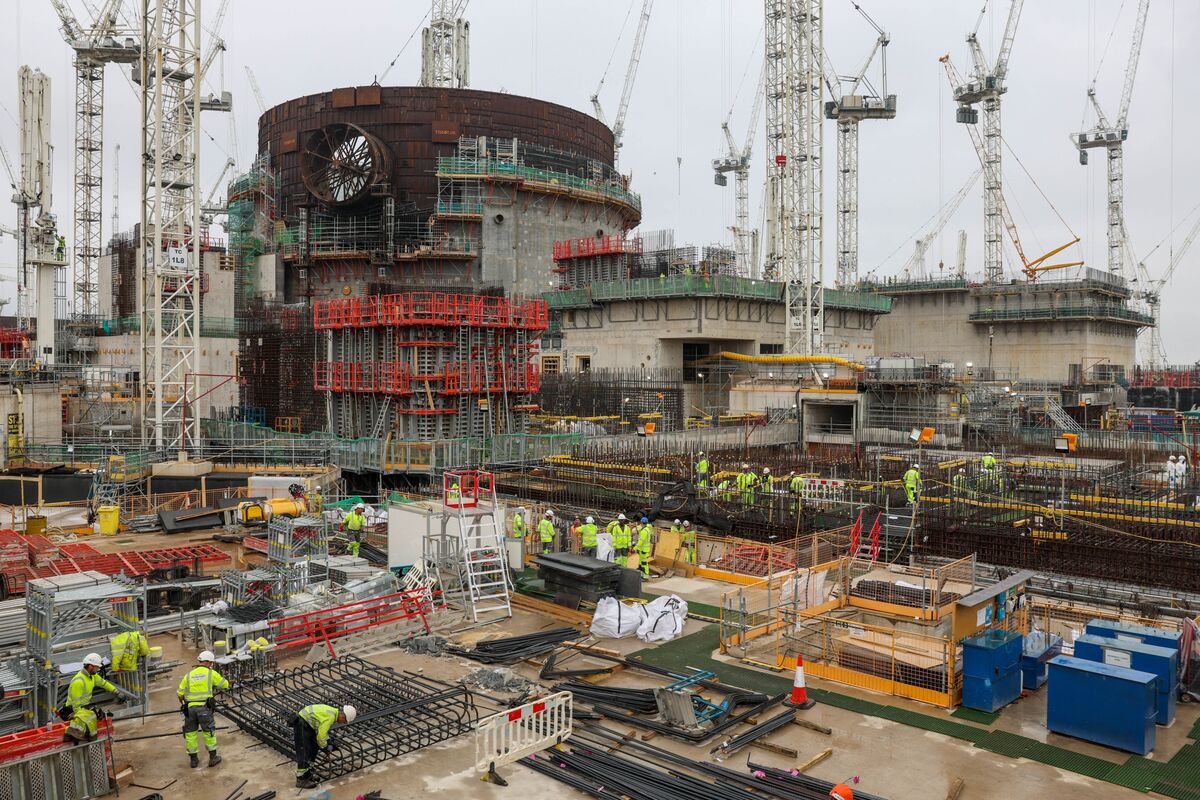For this to actually happen, it’s going to require a major drop in the cost of nuclear power. To some extent, pushing nothing-but-nuclear has been a fossil fuel industry strategy because those high costs and long lead times mean that it’s not actually getting built.
If they want to waste their money, let em wast their money…
It’s OK - any promise with “by 2050” at the end of it means “We promise that, while we will procrastinate and do nothing about this, our successors definitely won’t do the same.”
What a gigantic waste of money and time. Nuclear is not the future.
Smart enough to understand global warming is a problem, just too stupid to understand nuclear is extremely important as a source for baseload power
Nope it’s not.
How you planning on addressing the energy storage problem for renewables once fossil fuels are in low enough use that they can’t cover the gap, and the resulting, large hike in renewable prices once that storage is needed? Because current assessments don’t include those costs right now, since fossil fuels and nuclear currently cover it
It’s worth noting that while expensive, nuclear is still profitable, its just not as profitable as solar, wind or fossil fuels so it gets little private investment. Major governments can absolutely cover the cost if they want to. While i’d wait to see if anything actually breaks ground, Nuclear does have its advantages.
In particular, it has negligible local environmental impacts compared to the space and equal amount of solar would require, can be built anywhere including far north, and doesn’t have to be built five times over so that it has sufficient winter capacity.
All this is to say that it’s not that solar and wind can’t work, mearly that if we need to not have to turn on the fossils in winter, and we do very much need to do that, than their going to get significantly less profitable once you get to the point where they have to sit idle most of the time becuse you need the capacity a few days out of the year.
Actually that is what large grids are for. As soon as you have those, you do not have to overbuilt even close to as much to have a stable grid based on wind and solar. Just look at the EU grids solar and wind production to see that in action. A lot of the rest can be done using long term storage and demand adaption.

While that is more stable than i thought, i hadn’t realized that wind was that much more effective in winter, your still liable to be limited in how much wind you can build cheaply solely by rubi g out of favorable geometry. You can still build in less optimal areas of course, but it’s going to be more expensive.
Long term storage is still going to be limited by new hydro, which in turn is limited by geography and in my experience at least large environmental group pushback citing methane from decomposition and loss of fish habitat. Of course, the former is of questionable scale if biomass is removed ahead of time and the latter most effects fish were going to kill of anyway with temperature rise, but it still makes it far more expensive than it should be.
Also worth noting that even our grid as it currently exists, primary using local suppliers, we still lose a major portion of our electricity to transport. While building a lot more HV DC transmission lines might help, rebuilding nearly the entire core of the electrical grid still going to be a major expense on top of renewables nuclear isn’t facing.
Batteries are not practical at scales beyond a few days of production, and outside of maybe a few industrial customers who can pay people to sit around idle most talk of demand shaping is on the order of waiting a few hours not weeks or months.
Nuclear plants take ten to fifteen years to build, but even the most ‘aggressive’ plants politicians are pushing for don’t expect to phase out carbon within the next fifteen to twenty years, and most of them seem to think that thirty years is sane, somehow. If we had responded to the 1990 ippc report by mass building nuclear we would have carbon neutral power by 2005. Had we started to build in 2010 we would have been carbon neutral today. If we start today then they come online around 2035, the same target where California finally stops selling new gas only vehicles.
At the end of the day i’m not saying that solar and wind can’t work, mearly that thier liable to get more expensive once they really scale compared to the grid whicle nuclear gets cheaper. Are these sorts of costs enough to make nuclear competitive, i don’t know. but it is enough that i don’t think that it’s silly to consider. At the end of the day the only major nations to create a consistently net zero grid have done so with nuclear, France did it by accident in the seventies.
We are looking at a guaranteed option we know how to do and have done before and saying I don’t like only slightly making a profit, so let’s gamble hundreds of millions of human lives on a chance to make more profit for the shareholders of a few companies.
The point was more that days with half as much wind and solar as the average are extremely rarer. It is a bad day when it is at 60% of the average. So you really need something like 50% overproduction and maybe a days worth of storage with such a grid. There are also other forms of electricity production like hydro, biomass, waste burning and geothermal, which are either baseload or dispatchable by nature. Also losses for high voltage power lines are something like 6.7%/1000km for AC lines. That is not that horrible either.




